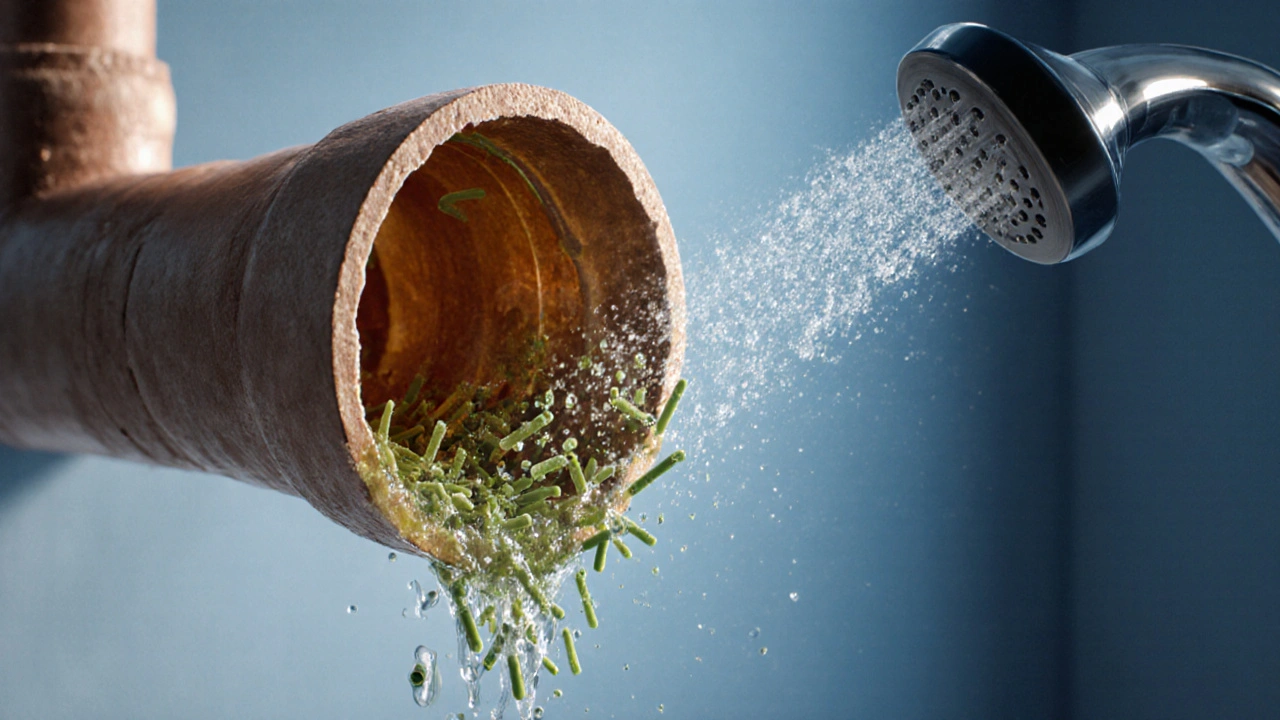Legionella Prevention: Essential Strategies for Safe Water Systems
When dealing with Legionella prevention, the set of actions aimed at stopping Legionella bacteria from growing in water systems. Also known as Legionellosis control, it protects public health and building occupants alike. Most people think it’s just about cleaning taps, but the reality covers temperature control, chemical treatment, and regular monitoring. Understanding the full scope helps you build a plan that works long‑term.
Key Components of Effective Legionella Prevention
The first step is to know the enemy: Legionella bacteria, a microscopic organism that thrives in warm, stagnant water. It can turn a harmless shower into a serious respiratory threat if the temperature sits between 20 °C and 45 °C for too long. Once you recognize its preferences, the next move is water system management, the ongoing oversight of plumbing, hot‑water loops, and cooling towers. Good management means scheduled flushing, temperature checks, and keeping pipes free of dead‑leg zones where water can sit still.
With the system mapped, disinfection methods, chemical or physical techniques used to kill or inhibit Legionella become the workhorse. Chlorine dosing, copper‑silver ionization, ultraviolet light, and thermal shock are the most common options. Each has pros and cons: chlorine is inexpensive but can corrode metals; ionization leaves no chemical residue but requires equipment upkeep; thermal shock demands high‑temperature water that may stress older fittings. Selecting the right method depends on the risk assessment, a systematic evaluation of water temperature, stagnation time, occupancy patterns, and system complexity you performed. A thorough risk assessment tells you where to focus resources—like a hospital ICU versus a low‑traffic office floor.
Risk assessment isn’t a one‑time checklist; it drives ongoing Legionella prevention decisions. For example, a high‑rise building with a complex recirculating loop needs more frequent sampling than a single‑story retail shop. Industrial cooling towers are notorious hotspots because they constantly expose water to warm ambient air. Regular microbiological testing, combined with corrective actions when counts rise, keeps the bacteria in check and satisfies health‑authority requirements.
Public health agencies provide the framework for all these steps. Guidelines from the CDC, WHO, and local health departments spell out sampling frequencies, acceptable Legionella levels, and documentation standards. Aligning your program with these rules not only lowers outbreak risk but also shields you from legal fallout if an incident occurs. Documentation is key: keep logs of temperature readings, chemical doses, and test results in a central repository for easy review.
Putting these pieces together—understanding the bacteria, managing water systems, applying the right disinfection, and conducting thorough risk assessments—creates a robust defense against Legionella. The next section of this page lists articles that drill down into each topic. You’ll find step‑by‑step flushing guides, comparisons of ionization versus chlorine, sample risk‑assessment templates, and case studies from hospitals and hotels.
Browse the collection below to see how you can tailor a Legionella prevention plan that fits your building’s size, budget, and usage patterns. Each article gives practical advice you can start using today.
Learn how water filters-especially UV, ceramic, carbon, and membrane types-can block Legionella bacteria and lower the risk of Legionnaire's disease at home.
